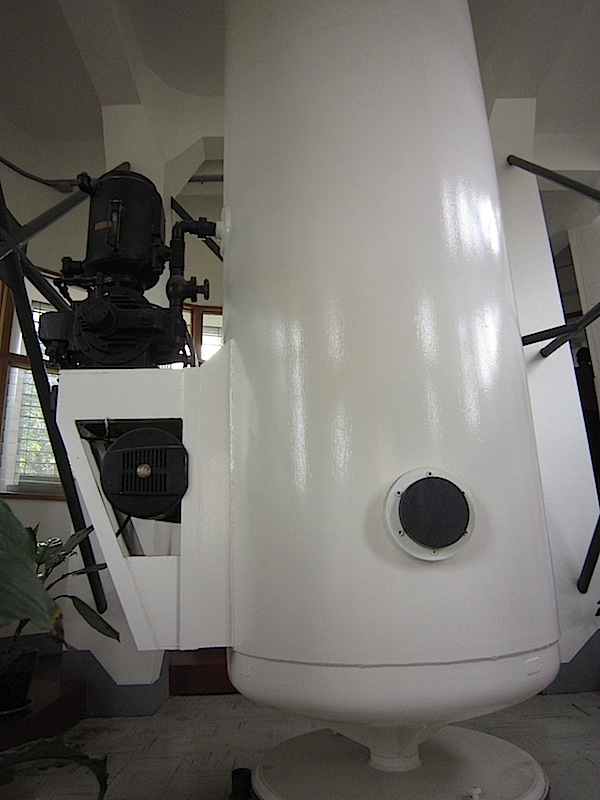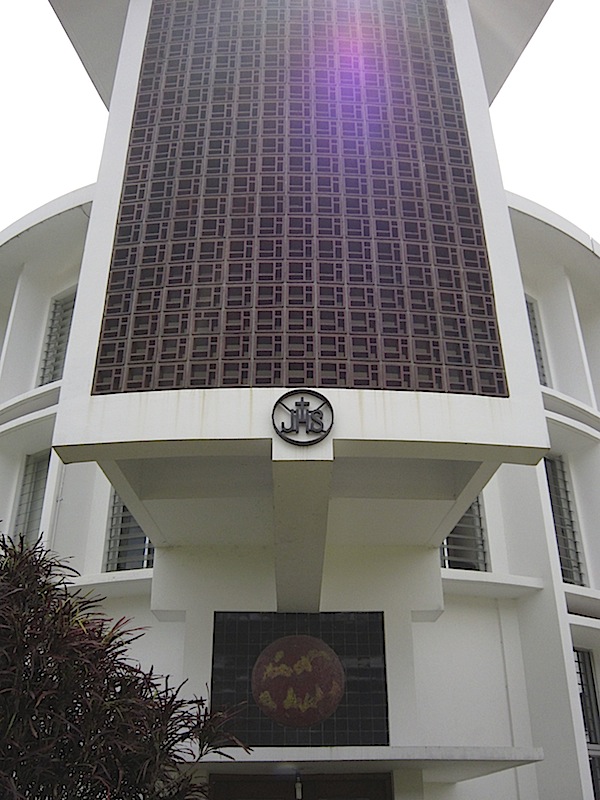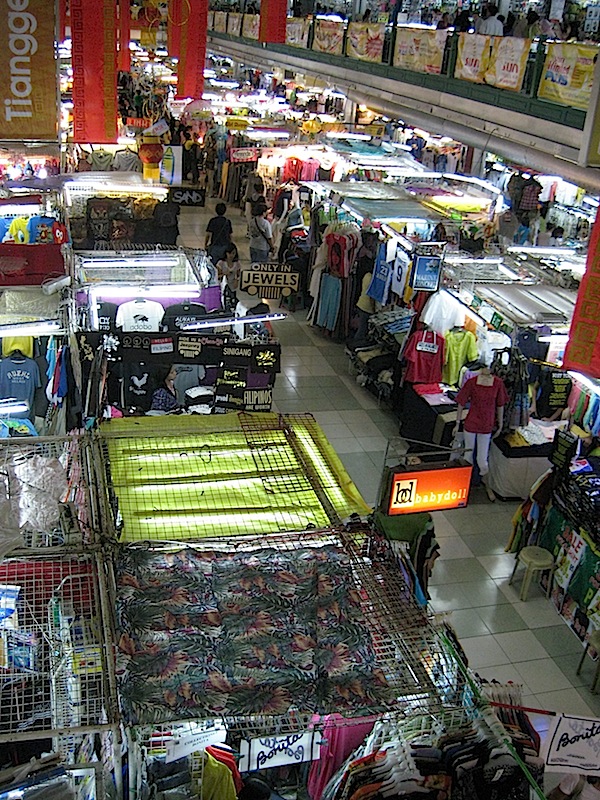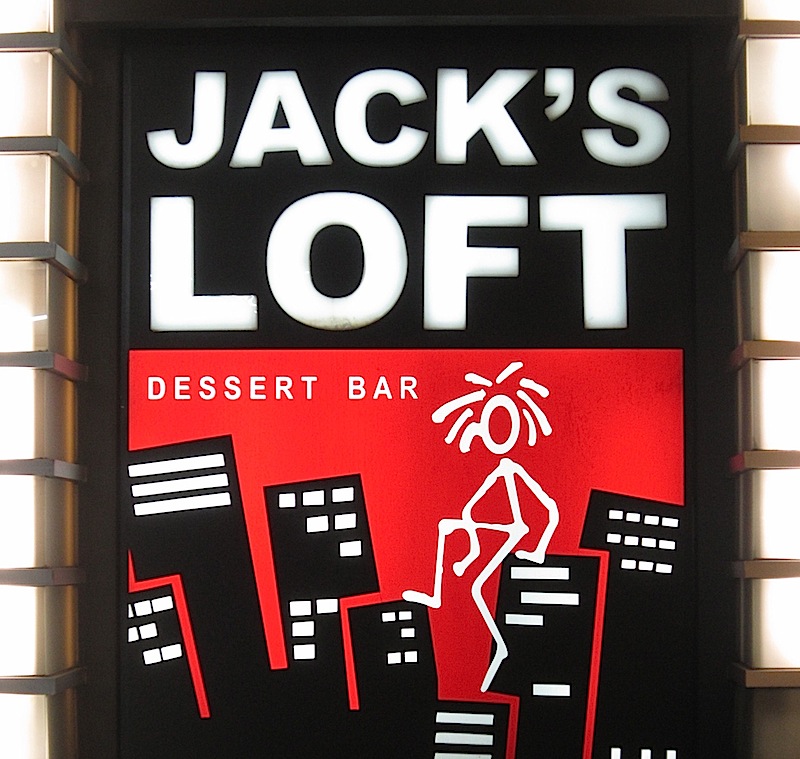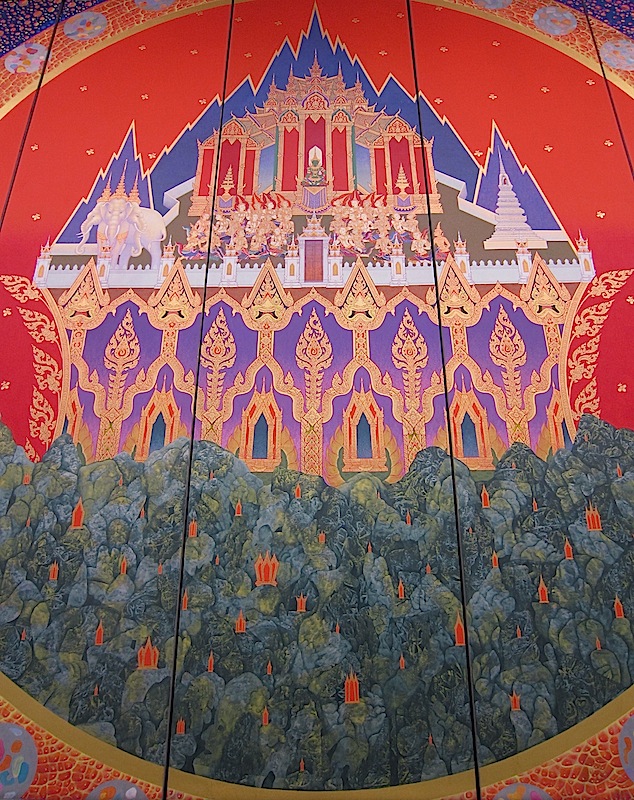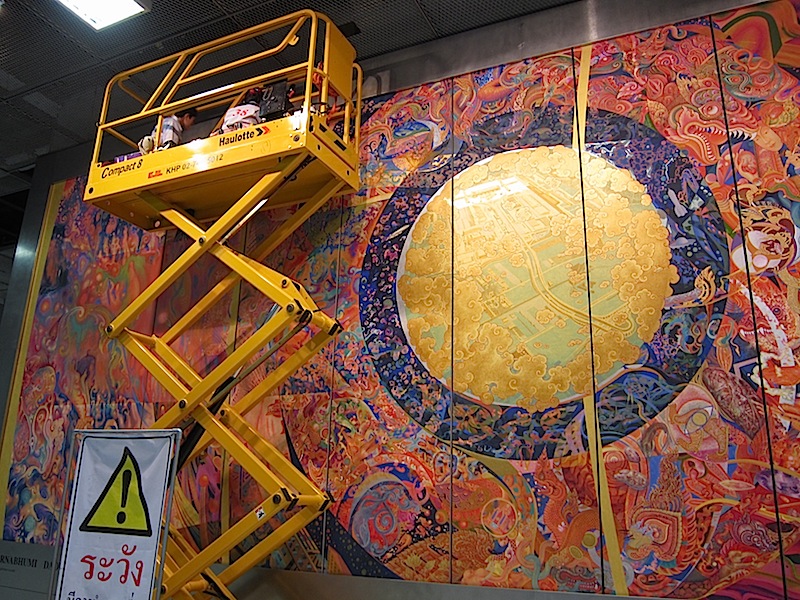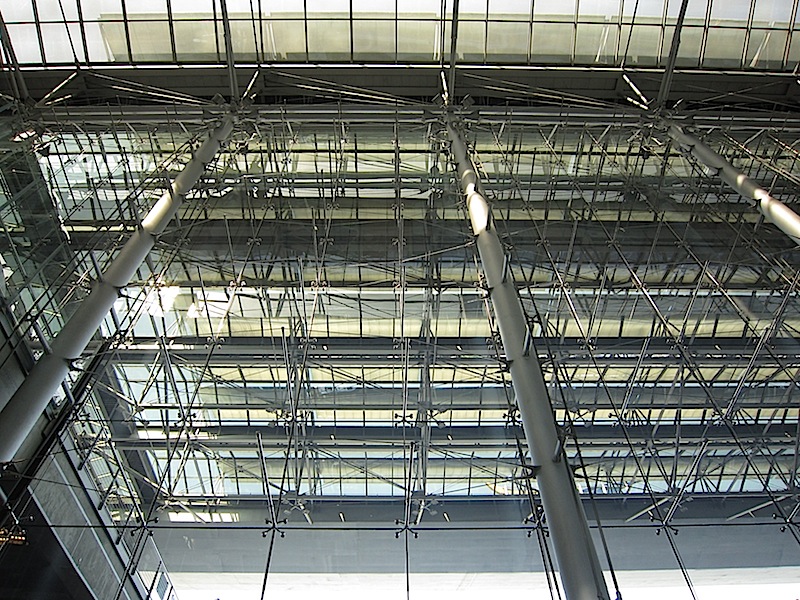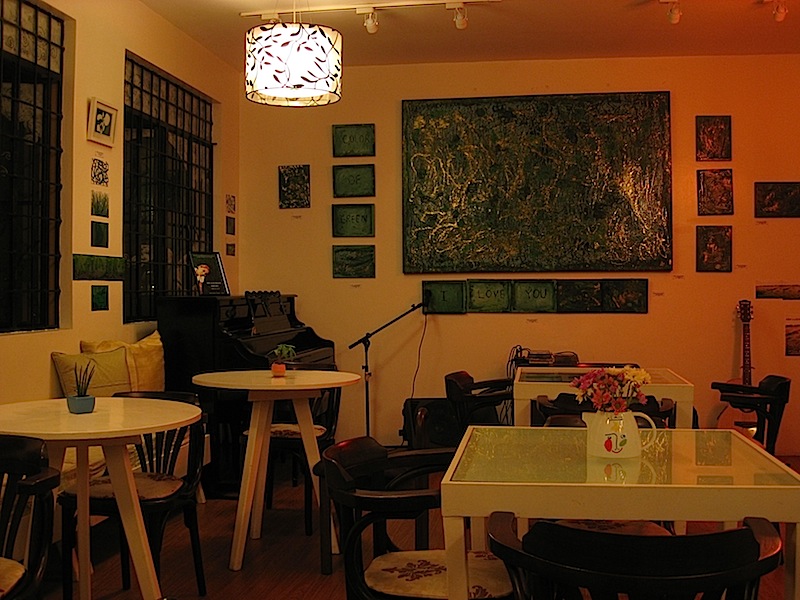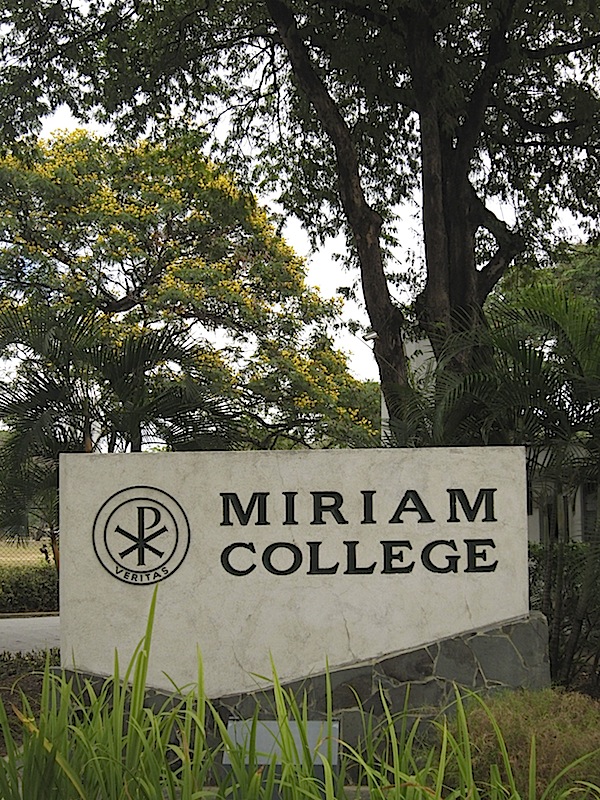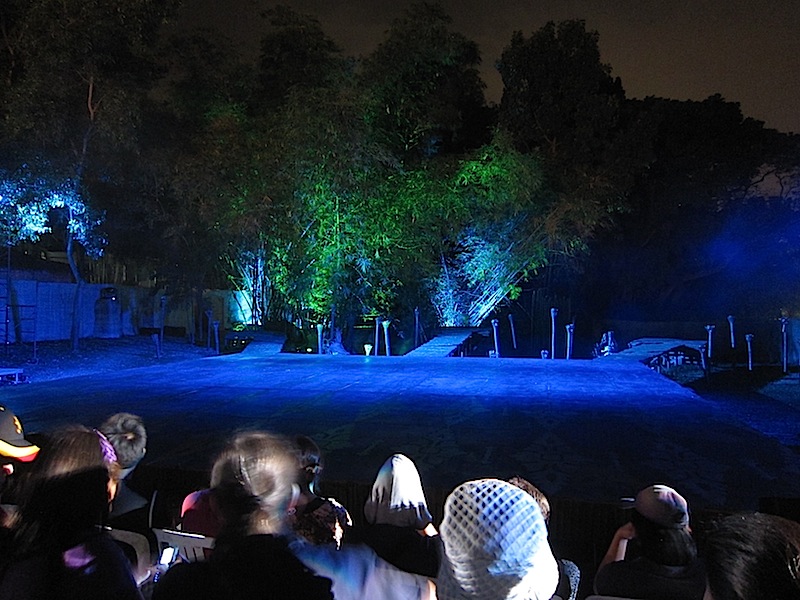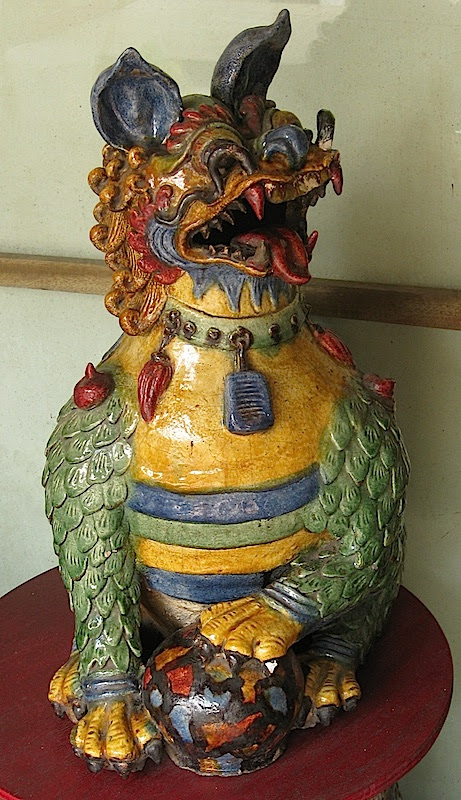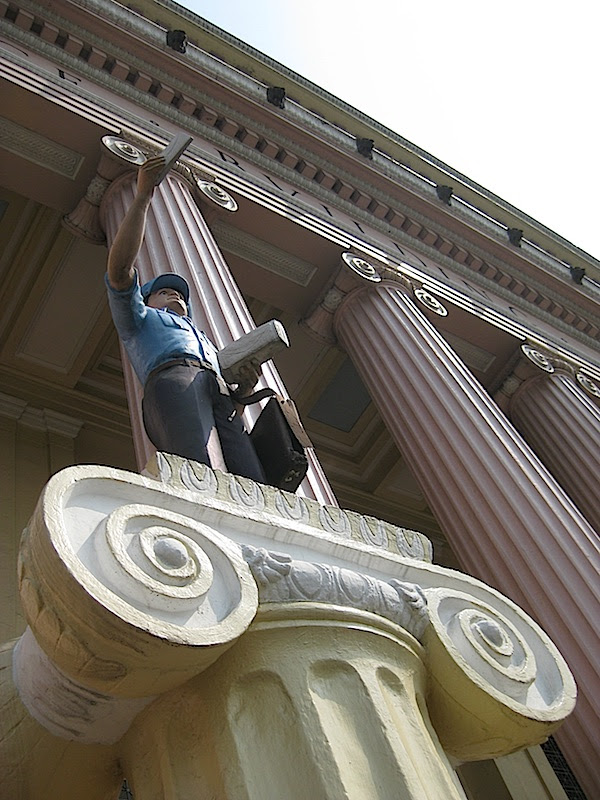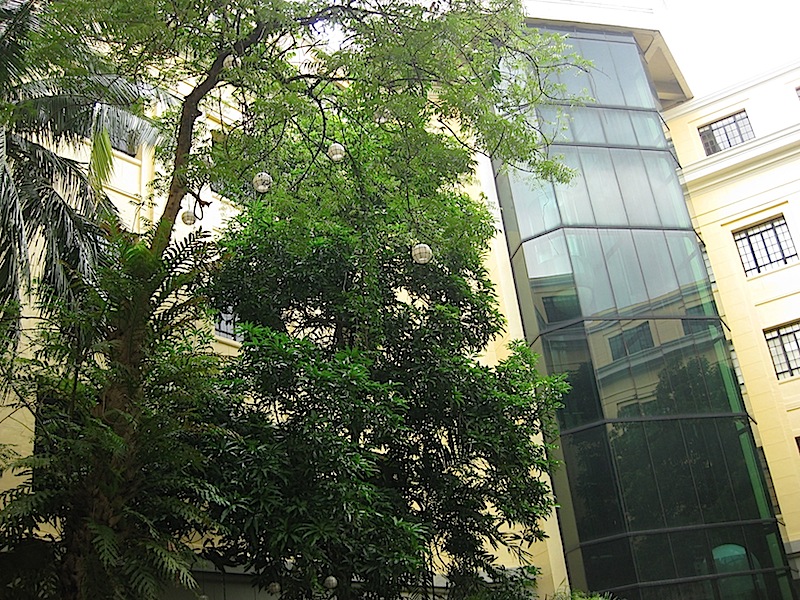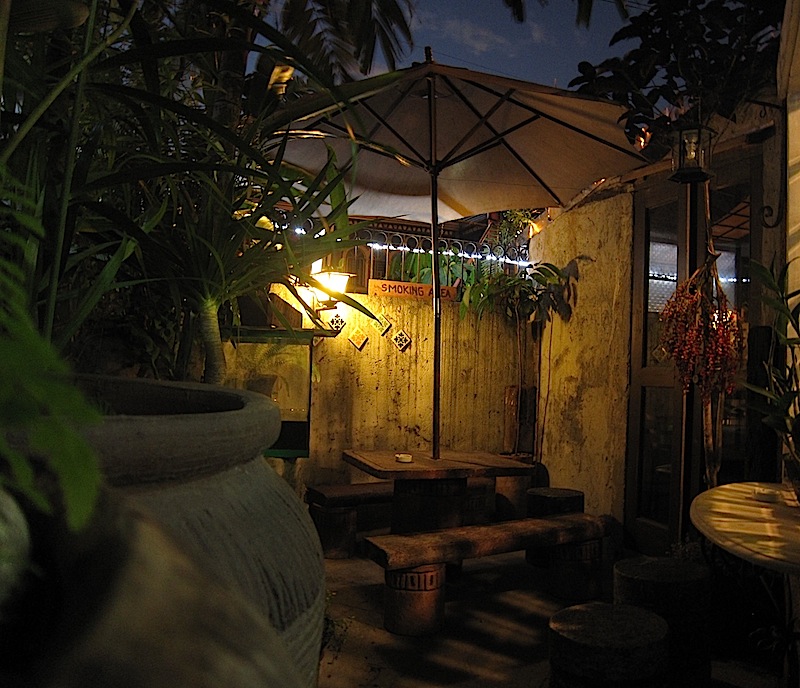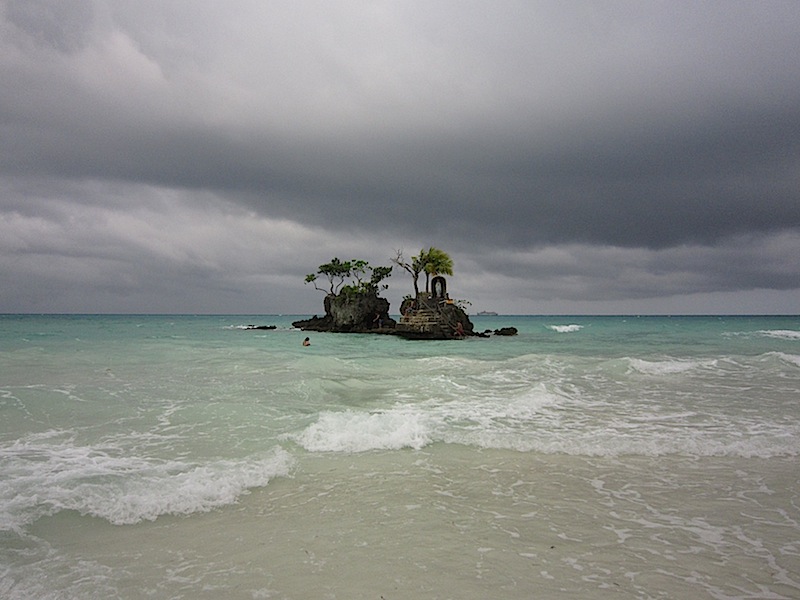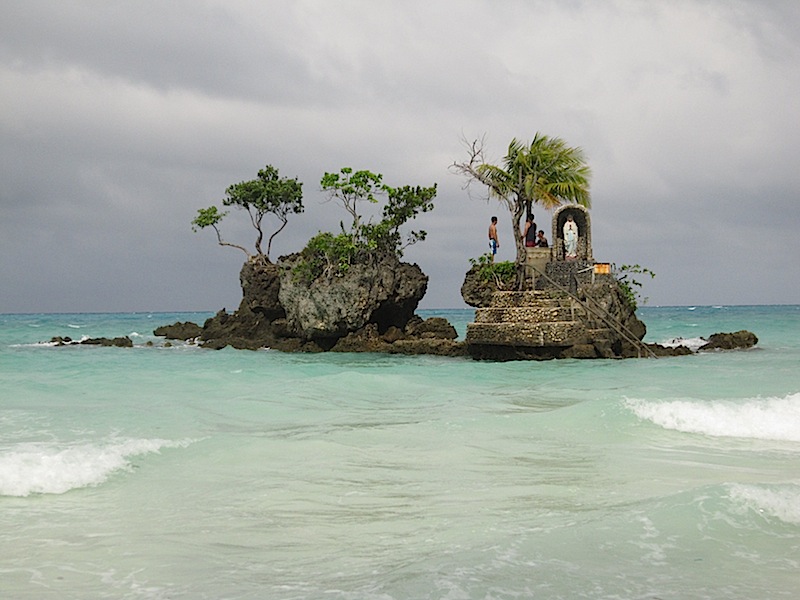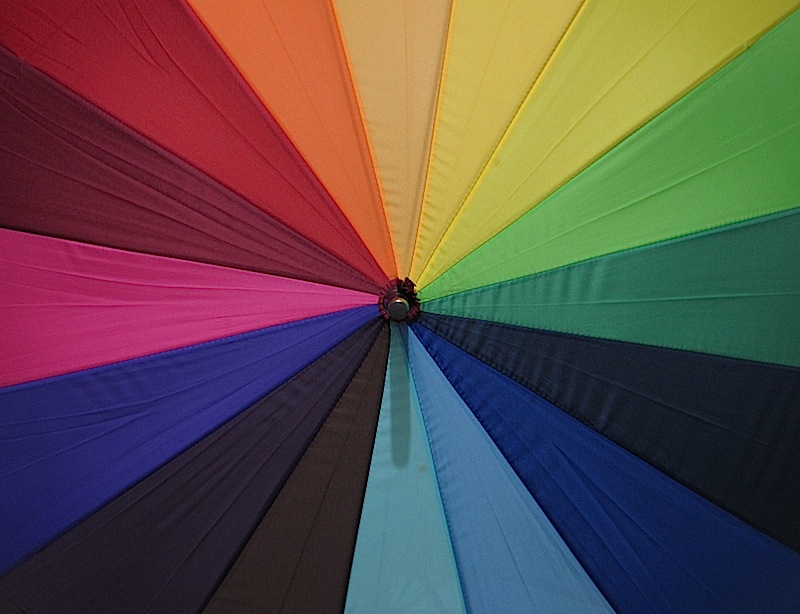One of the places we visited in Bangkok last November was the
Jim Thompson House. James Harrison Wilson Thompson was an American soldier who settled in Bangkok after World War II. He is credited for almost single-handedly reviving the silk industry in Thailand by creating an international market for it and improving the quality of the handcrafted silk. After 22 years in Thailand, in 1967, he and some friends went to the Cameron Highlands in Malaysia for a holiday; he went out for a walk and never returned. Up to this day, no one knows what happened to him.

The Jim Thompson House, now a museum, is made up of six traditional Thai houses which were put together into a single house with a Western floor plan. The red color of the house comes from a natural preservative painted on the teak wood.
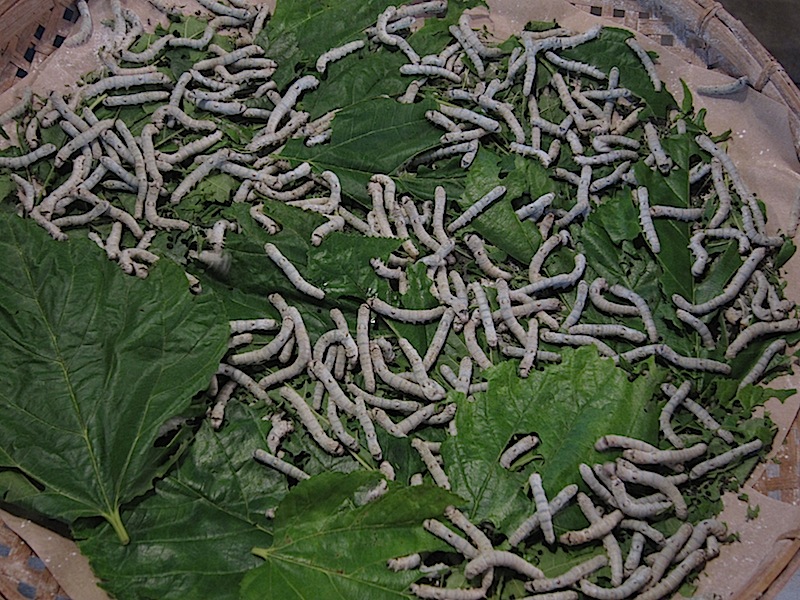
The silk process begins with these squirming silkworms, the larva or caterpillar stage of the domesticated
Bombyx mori.

After eating pounds of mulberry leaves and molting several times, silkworms enter the pupa stage and wrap themselves in a cocoon made of raw silk.

The cocoons are boiled to make the silk easier to unravel. Of course, the heat also kills the silkworm inside the cocoon.
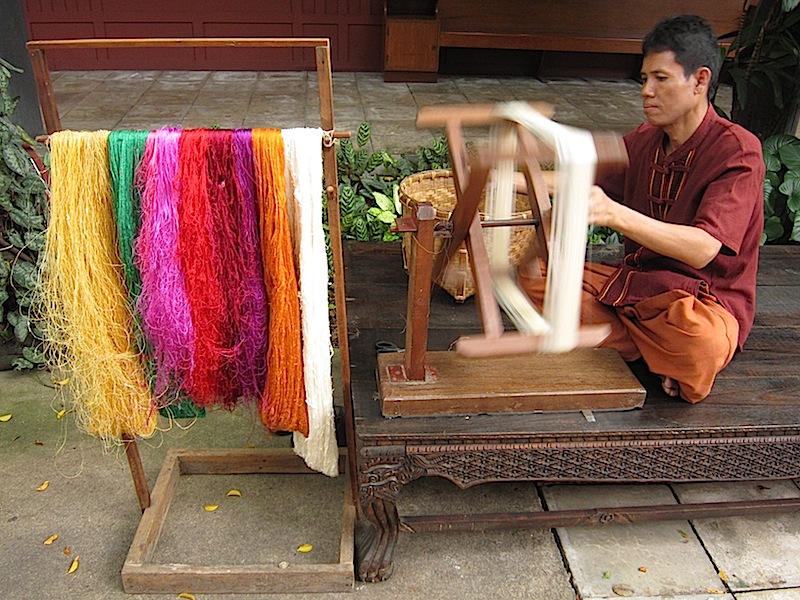
The unraveled, raw silk being spun on a reel. Vegetable dyes were traditionally used to color silk, but the results were not consistent and the colors fade after many washings. Jim Thompson introduced modern, color-fast dyes and processes to Thailand in the late 1940s.

A traditional, wooden weaving loom loaded with red and white silk thread.

Like all Thai houses and buildings, the Jim Thompson House also has a spirit house at a corner of the property—in the garden and overlooking the canal. The complex also has a restaurant which serves fantastic Thai dishes, and a shop with some of the loveliest silk scarves, ties, and clothes that I have ever seen and touched.

